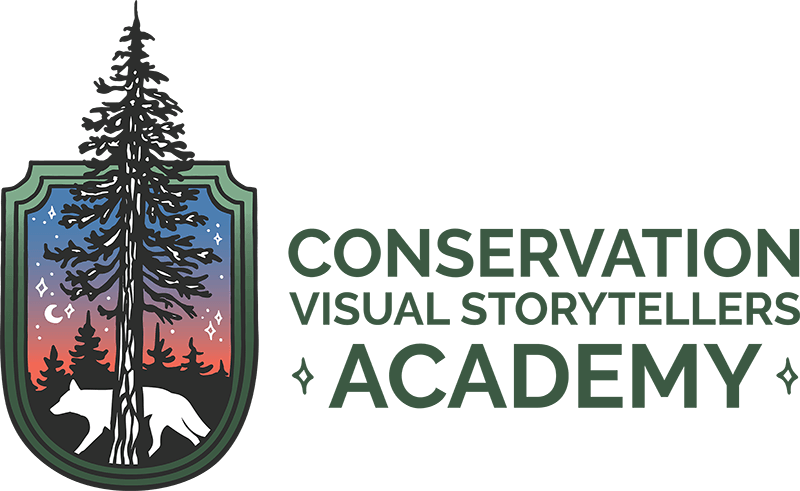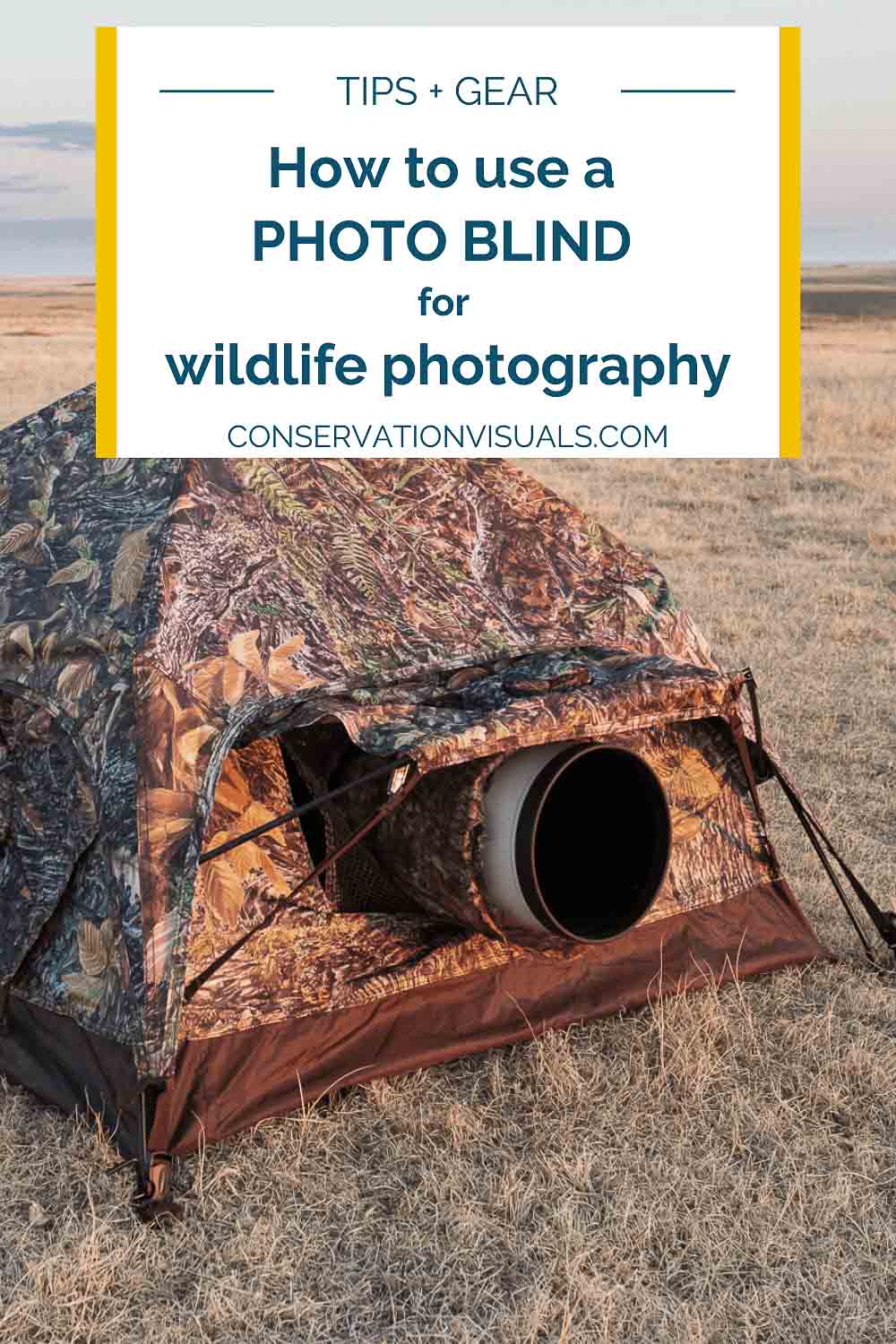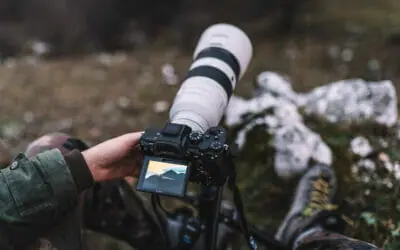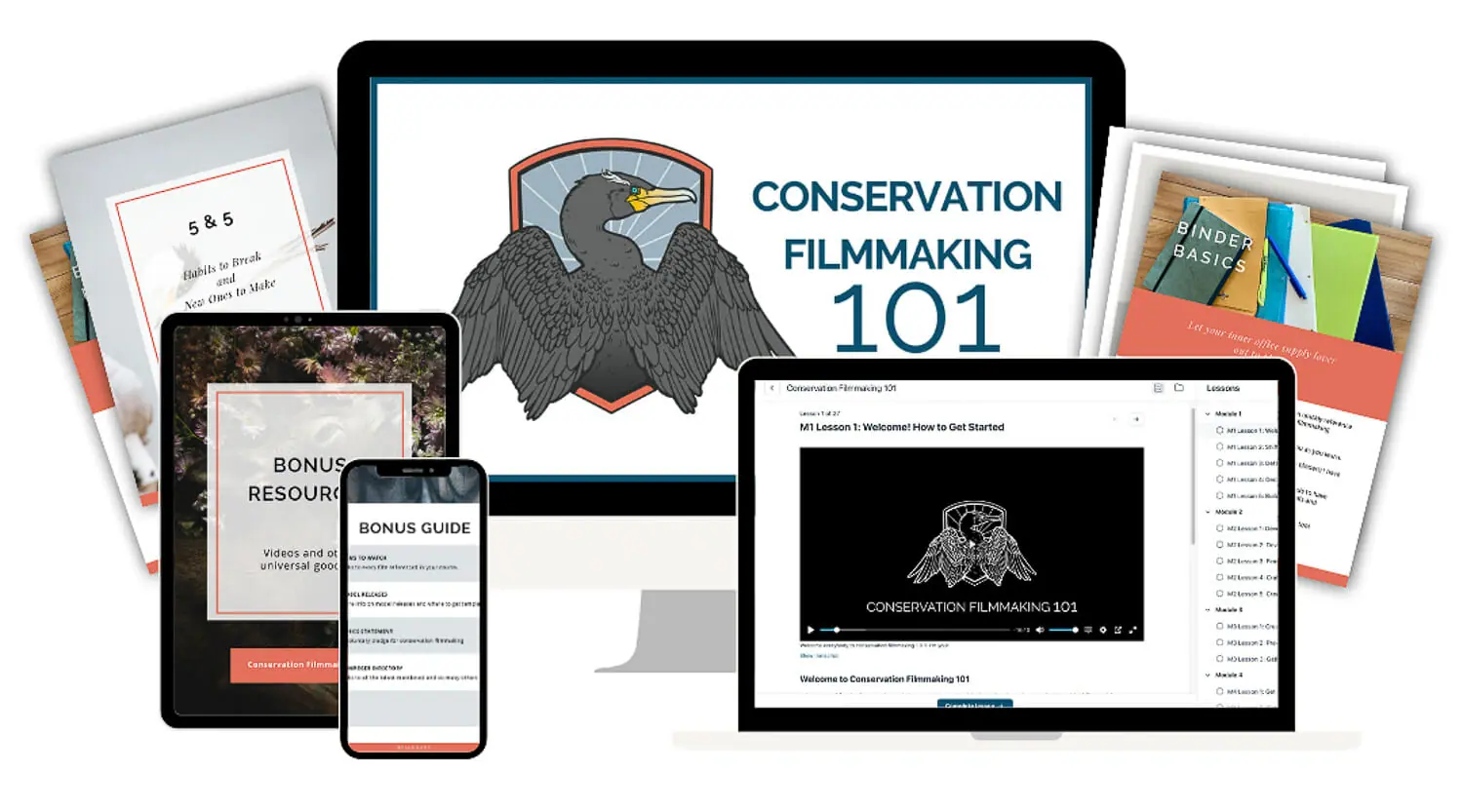Feature photo by Tragopan Photography Blinds
Read Time: 9 minutes
There's nothing quite like capturing that perfect, one-in-a-million candid shot of a creature in its natural habitat. But let's be honest, the animals we're so keen to photograph aren't always keen to pose for us.
Enter: photography blinds.
Photography blinds, also known as hides, provide a concealed space for photographers to capture shots of wildlife in their natural habitat while minimizing disturbance to the animals.
Whether you're an experienced wildlife photographer or a newbie eager to learn…
Whether you're a backyard photographer or someone who treks to far off field sites…
This guide will take you through the ins and outs of using photography blinds so you get more interesting, candid moments of wildlife and interesting behaviors.
From the top-notch Tragopan blinds to the thrill of DIY options, we've got it all covered. So get comfy, because we're about to take a sneak peek into nature's unscripted moments.
Photo: Tragopan Photography Blinds
What is a photography blind
Photography blinds are an incredibly useful tool in wildlife and nature photography, providing photographers the chance to covertly capture shots of wildlife in their natural habitats.
Camouflaged to blend into their surroundings, photo blinds allow photographers to set up their equipment and remain hidden while waiting to shoot that perfect shot.
Even if you're just keeping an eye out for birds checking out your bird feeders, your best bet for getting a great photograph is to remain out of sight.
While blinds are commonly used to capture photographs of wildlife, they are also popular among birdwatchers and nature enthusiasts who want to simply observe nature up close and inconspicuously.
Similar to a photo blind is a hunting blind. A hunting blind, designed for hunting game, is generally designed with smaller openings than photo blinds which are crafted with the photographer's needs in mind, featuring openings suitable for camera lenses.
Photo: mfauzisaim/Shutterstock
Photography blind features
Whether you're into backyard bird watching or backcountry trekking, take the following features into consideration to decide on the right photo blind for you.
❂ Camouflage
If you're going undercover, you're going to need to blend in. I'm not an etymology expert, but it would make sense that something referred to as a “blind” wouldn't stand out. So, let your photos stand out by letting you and your gear blend in!
❂ Durability
When you're out in the wild on a shoot, who knows what can happen weather-wise. To withstand anything from the blistering sun to a thunderous downpour, you're going to want a photo blind made from durable, weather-resistant materials, as well as wind-resistant features like sturdy frames, guy lines, and stakes.
❂ Accessibility
As the main goal is to be as inconspicuous as possible, the last thing you need is to trip on your way in or have every close-by creature scurry away as they hear loud zippers and Velcro. That being said, look for blinds that offer easy access points and multiple customizable windows or openings with quiet opening and closing mechanisms.
❂ Size
Consider the size of the blind based on your needs and how many friends you plan on hosting. If it's just you and a single camera, keep it compact. If you're bringing along a pal, using a telephoto lens or setting up multiple tripods, or plan on camping overnight, look for something with a bit more space.
Photo: Setta Sornnoi/Shutterstock
Types of photography blinds
Photography blinds are available in all shapes and sizes and for all types of uses.
❂ Body blind
Think the LensCoat LensHide (I keep one of these stashed in my car at all times) or a camo-colored fabric throw-over hide.
Basically a “blind” that hides just you and your camera.
Similarly, you can wear a ghillie suit like the Ginsco 3D Leafy Ghillie Suit or pick out pieces (so fashionista, right?) from the Tragopan ghillie camo collection #betheblind
❂ Pop-up blind
This type of photography blind is lightweight, portable, and designed for rapid installation.
Simply remove the blind from its carrying bag, release, and voilà!
They come in a variety of sizes, from one-person set-ups to multi-photographer set-ups. (We'll talk about a couple awesome pop-up options in a moment.)
❂ Ground blind
These down-to-earth blinds bring you to the same level as ground-dwelling subjects allowing you to get shots at their level.
These low profile blinds allow you to position yourself comfortably flat on the ground and shoot to your heart's content!
❂ Floating blind
For those looking to capture shots of aquatic birds or other water dwellers, a floating blind is a must-have.
A floating blind, like the Buteo Grebe Floating Hide or the Tragopan Floating Blind (featured below), is essentially a floating hide that keeps your camera and yourself concealed – and dry – while drifting on the water's surface.
Safety is paramount though, so only use them in calm waters.
With a floating blind you’re sure to make a splash in the wildlife photography world. <badam tssssssh>
Our top picks for best photography blinds
You'll notice our top choices are from Tragopan. That's because we consider them theeeeee best at making photography-specific blinds. Co-designed by professional wildlife conservation photographer Gerrit Vyn, these blinds are made with photographer needs as top priority and rigorously field tested.
1. Trapogan Grouse V+
Photo: Tragopan Photography Blinds
- 1 Camo Long Lens Sleeve w/Zippered Flash Port
- 1 Mesh Long Lens Sleeve
- 1 Mesh Shooting Pane
- 8 Ground Stakes
- 4 Guy Lines
- 2 Aluminum roof poles
The Grouse V+ is one of my personal faves. This hooped Tragopan blind pops up in mere seconds and provides ample photo angles and opportunities.
The one main shooting window is customizable using the included window panes and lens sleeves.
Under that window there's an opening that allows you to extend a tripod leg outside of the blind or you can use that opening for ground-level shots.
Opposite that side, the “rear” of the blind, is the door which includes a large mesh opening. The other two sides each have a shooting opening as well.
Its opaque blackout interior coating hides any movement occurring inside of the blind, its sturdy weather resistant polyester protects you from the elements, and the large quiet nylon zippers prevent you from scaring away skittish birds and other wildlife.
At only 9 lbs and packing up into a cool lil backpack, you can easily carry this guy out into the wilderness to post up for pictures.
2. Tragopan Monal V2
Photo: Tragopan Photography Blinds
- 2 Camo Long Lens Sleeve w/Zippered Flash Port
- 2 Mesh Long Lens Sleeve
- 6 Mesh Shooting Panes
- 1 Rain Canopy
- 10 Ground Stakes
- 4 Guy Lines
Whether heading out as a solo photographer or bringing a crew of photographers (well, maybe stick to just two of you), in the Monal 2 you'll have space to spare!
While the largest of the Tragopan blinds can accommodate two photographers, if you're you're going out solo but want to operate multiple cameras, or you're the type that likes additional space, this is the route to go.
And, because it's lightweight and easy to put up and pack down, you don't even need an extra set of hands.
The Monal V2 has two main shooting windows on both the front and back sides, plus one on each of the other two sides, all six of which can be customized using the variety of included interchangeable window panes and lens sleeves.
Under each of the two main shooting windows are openings to allow tripod legs to extend outside of the blind or for ground level shooting.
Protected from the elements and wind not only with its 150D waterproof polyester construction, but also the included rain fly, removable floor, stakes, and guy lines.
The interior is lined with an opaque isotherm PU coating that reflects sunlight and reduces the interior temperature during hot weather and traps body heat inside in the winter or when temperatures drop.
3. Tragopan V6
Photo: Tragopan Photography Blinds
- 1 Camo Long Lens Sleeve w/Zippered Flash Port
- 1 Mesh Long Lens Sleeve
- 4 Mesh Shooting Panes
- 8 Ground Stakes
- 4 Guy Lines
A roof with two ventilation ports, plus customization options that include a vestibule that turns the V6 into an overnight camping tent.
There's also an optional awning that provides extra storage space or a little extra leg room, a screen door lens sleeve to bring in a breeze, and a tunnel that can lead to a second (or third or fourth…) annex make the Tragopan V6 so comfortable that you'll ask, “Is this ‘glamping'? I think I might be ‘glamping'.”
Plus, its locking hub system design allows you to setup with ease compared even with more traditional pop-up-style blinds. And, at just over 7 lbs, it packs down compactly.
Like other Tragopan blinds, the Tragopan V6 main shooting openings are customizable through a variety of interchangeable window panes and included camo lens sleeve with a zippered flash port and a mesh lens sleeve. Under each main shooting window is an opening to extend a tripod leg outside or to shoot from the ground.
Waterproof window screens on the outside of the V6 are opened from the inside with a rope and clip system rather than with Velcro.
Each screen has a small survey window that, when open, can fit binoculars or even a small telephoto lens.
The body is constructed with tough, fast-drying 150D waterproof polyester and an opaque isotherm PU interior coating keeps the unit cool when you need it and warm when you don't.
And, to keep you grounded, included are stakes and guy lines, and to keep you extra dry, there's an optional rain canopy.
4. Tragopan Floating Blind
- Comes with a standard 3/8" mounting screw for attaching your gimbal or other tripod head
This Tragopan blind helps you stay concealed while shooting aquatic wildlife. Simple to get up and running (or, floating) with a setup time of just a minute or two and a folding design and integrated handle that make it portable.
While it's not exactly light – it weighs 37.5 lbs – it can carry up to 250 lbs!
Once you're in the water, its sleek shape coupled with padded armrests and swim handles make it comfortable to maneuver.
The design provides optimal visibility with multiple windows, a specialized lens snoot, and plenty of pockets to keep your accessories organized.
And an opaque interior thermal coating traps body heat to help you stay warm on cooler or winter days.
Super handy are the ties on the outside for attaching additional camouflage and the 3/8″ mounting screw for your gimbal or tripod heads.
5. Tragopan Hokki V3
Photo: Tragopan Photography Blinds
- 1 Camo Long Lens Sleeve w/Zippered Flash Port
- 1 Mesh Long Lens Sleeve
- 3 Mesh Shooting Panes
- 3 Removable Zippered Shutters
- 10 Ground Stakes
- Carrying Bag
Sometimes the most captivating shots require not only patience and a good eye, but to get into the mud. For an intimate mud-level view, this Tragopan blind is your best bet.
From the forest to the wetland, or even your own yard, the Tragopan Hokki V3 is designed for lying tummy-down to shoot from a unique, ground-level perspective (maybe you can snag a few macro shots while you're down there…)
With its low profile and camouflage color, you'll blend right in becoming one with nature. Ommmmmmmmmmm. A large shooting window at the front and one on either side are customizable using the various included shooting panes and lens sleeves.
Plus there's an awning to protect and camouflage protruding lenses and a single entrance that uses silent zippers.
To make more comfortable what can be uncomfortable simply because of the nature of lying prone for so long, there are two screened ventilation ports that encourage air-flow. Additionally, the interior has an opaque isotherm PU coating that reduces the temperature in the sun and creates total darkness inside to prevent silhouetting if you have a light on inside.
And, don't worry about getting wet, as the roof and floor are waterproof.
Weighing under 6 lbs and deploying using the same hub system as the V6 and Monal V3, setup is fast and easy. It also comes with its own little carrying bag!
Photo: Klimek Pavol/Shutterstock
DIY photo blinds
If you want to get creative and save some money, there are plenty of options for making your own photo blind and plenty of tutorials and ideas out there for creating your own blinds using materials, like PVC pipes, tarps, burlap, camouflage netting, and even branches or leaves.
The great thing about making your own blind is that you can customize it to fit your specific needs and shooting style. Plus, it's a fun way to get crafty and add a personal touch to your photography gear.
And here's something super cool: the North American Nature Photography Association Foundation offers a Photo Blind Grant Program that awards up to $1,500 to “qualifying groups interested in building or making modifications to a photo blind at any refuge, wildlife reserve, state/city park or other natural area.”
How to choose the right blind for you
First, consider first the type of photography you intend to pursue.
Different blinds are designed for specific purposes – are you thinking mostly of photographing birds? Or are you more into big game? Maybe simply observing the natural world?
Next, think about how you're going to transport the blind.
If you plan to hike to remote locations, opt for a lightweight and portable blind. If you're just going to be snapping photos of the many birds that frequent your backyard bird feeders, you can go for a more permanent option.
And, ultimately, it'll come down to your budget.
Set a budget based on your needs and purchase a blind that offers the best combination of features within your price range.
Photo: WildMedia/Shutterstock
Tips for using a photography blind
In addition to your camera and a good photography blind, a few other pieces of equipment can help in making creating great images easier, including:
- A telephoto lens is key to capturing wildlife from a distance
- A tripod or monopod to help reduce camera shake
- Binoculars to help spot birds and other wildlife
In addition to packing the photography equipment you need and the creature comforts to keep you comfortable, fed, and hydrated, also consider the following:
- Choose a location with good lighting and clear sight lines for optimal shots.
- Pay attention to the wind direction and set up accordingly to avoid spooking wildlife.
- Stay quiet and still, as any movement or noise can scare off animals.
- Research and good planning can greatly enhance your opportunities as a photographer on the lookout for rare or elusive species.
- Be patient! From rare animal behaviors to fleeting interactions, be ready to wait for the right shot.
- Always prioritize the well-being of the animals. Respect the animals' space and minimize your impact on their habitat.
Now, stay hidden and start snappin'!




























